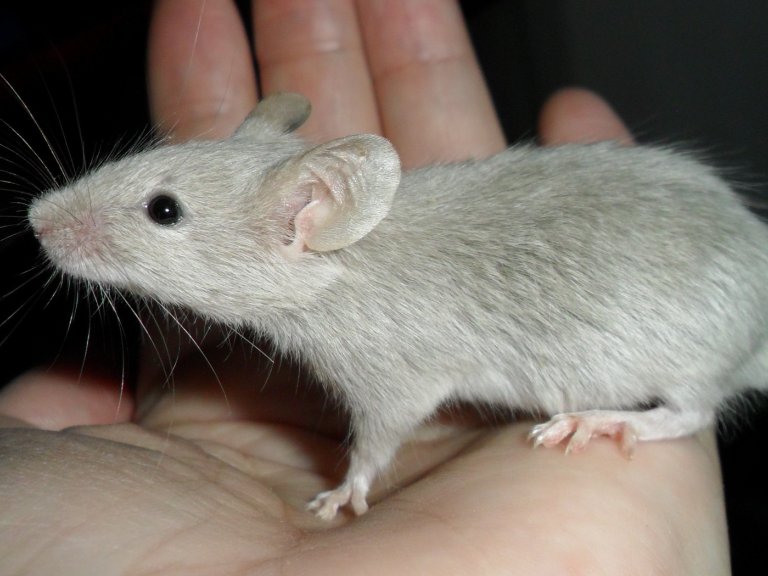Of mice and men 2

As luck would have it, I stumbled upon two articles which reminded me about my previous post of mice and men. Just as a quick reminder: That Post was was actually about agrochemicals, regulations and the future of agriculture. Because I stumbled upon those two articles, you will now also have the pleasure. The first article came up in my German news feed this morning. I guess Google is already aware of my interests of agriculture and so it displayed it right on the top. Click here for the English translation. I will quickly summarize the most important points:
- When certain plant pathogens develop resistance towards pesticides, farmers may fall back on chemicals that otherwise may not be used.
- The EU wants to reduce pesticide use by 50% until 2030
- Although fewer pesticides are approved for use, an increasing number of pesticides is used due to the developing of resistances (“special permit”).
- Most of those chemicals can not be found in honey samples, however, neonicotinoids are still detectable, although being mostly banned from the agricultural landscape.
- The regulation of agrochemicals is not homogenous within the EU countries.
- Countries with slacking regulations have a clear economic advantage
Although not mentioned in this article, I can also attest that farmers that live closer to Eastern Europe still like to hop across the borders and buy a few canisters of the old faithful. That is why certain Triazines are still found in groundwater samples across Germany, although being banned since 1991 in Germany and 2003 in the EU.
The second article is actually a scientific publication:
Rajput, R.S., Singh, J., Singh, P. et al. Influence of Seed Biopriming and Vermiwash Treatment on Tomato Plant’s Immunity and Nutritional Quality upon Sclerotium rolfsii Challenge Inoculation. J Plant Growth Regul (2020). https://doi.org/10.1007/s00344-020-10205-1
That study connects to the points that I mentioned in my previous blog post. You can not reduce our dependancy on agrochemicals without providing sustainable alternatives. And in my mind, biological inoculants and robotics are the biggest assets we have for this mission.
In the study by Rahul Singh Rajput et. al., they isolated various Trichoderma species from composts and screened them for heat resistance (up to 45 °C). I guess this temperature could represent the surface temperature on leaves and of course the increasing global temperatures. Spores of the isolates underwent heat treatment in a water bath and were then re-applied in various dilutions. Those isolates that were most heat resistant were then screened for their in vitro activity against Sclerotium rolfsii. We can find this blight disease on many vegetable crops in warm climates all around the world. And because Trichoderma is a parasitic fungus, it can be used to counteract that pathogen. Long story short: The Trichoderma screening was successful and the best candidate was identified as Trichoderma pseudokoningii. This study is just another successful experiment which highlights the many benefits of plant growth promoting microorganisms.
Just the other day I was also talking to a winemaker who could decrease his application of copper sulphate through applying biologicals. Keep in mind that copper can accumulate in soils and reach potentially dangerous levels. He was using a variety of Trichoderma and other Bacteria which he propagated in his own fermenter. He inoculated his water tank with a commercial Trichoderma product and heavily aerated it for 48 hours. Although it is likely that many bacteria like to grow under those conditions, Trichoderma is probably not growing much at high water disturbance and those 48 hours. The quality of many commercial biological inoculants is also questionable. So maybe that wine maker did not even apply much Trichoderma but got his growth effects through other microorganisms or even just the sugar content that boosted the natural microbial community on the leaves. For him it does not matter. He reduced the costs for copper sulphate and protects his soil. Similarly, I am happy about the fact that farmers experiment with biologicals and see promising results.
Taking up all this information makes me feel optimistic about the future. I am aware that big agriculture is doing a lot of research in this area and also released the first products. I guess one of the main issues is that biological inoculants are less reliable than synthetic ones. In the end you need to release a product that works under almost any conditions and significantly surpresses the targeted pathogens. If you have a reputation to lose, avoid sentences like: “may reduce disease pressure of pathogen XYZ”. But I am sure there are many potent pathogen-antagonists out there that are just waiting to be screened.